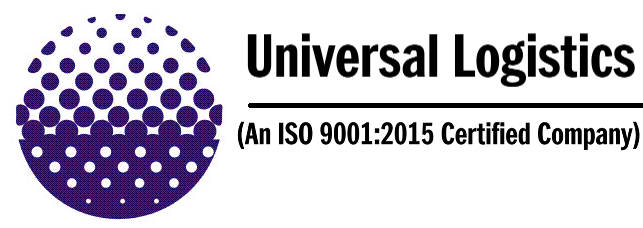Our Services:
UNIVERSAL LOGISTIC: Air freight is fast and reliable for urgent shipments, sea freight is cost-effective for heavy and large shipments, and land freight offers flexibility and accessibility for regional deliveries. The choice between them depends on factors like the shipment’s urgency, size, weight, and budget. Each type of freight forwarding has its own set of procedures, regulations, and documentation requirements, making it important to work with experienced freight forwarders who can navigate these complexities.

Custome Clearance
Providing customs clearance services is essential for facilitating the smooth movement of goods across international borders. As part of these services, your organization likely assists clients with the following:
- Documentation Preparation: Ensuring that all necessary paperwork is correctly filled out and submitted to Customs authorities. This includes details about the shipment, such as its value, origin, destination, and contents.
- Tariff Classification: Determining the appropriate tariff code for the goods. Each product category has a specific code that corresponds to the applicable import duties and taxes.
- Duty Calculation: Calculating the import duties and taxes based on the declared value of the goods. These charges vary depending on factors like the type of product, its country of origin, and any trade agreements in place.
- Compliance Verification: Ensuring that the shipment complies with all relevant regulations, such as safety standards, environmental requirements, and licensing conditions.
- Customs Declaration Submission: Submitting the customs declaration electronically or in paper format to the relevant Customs office.
- Clearance Process Coordination: Coordinating with Customs officers to review and approve the shipment. This involves addressing any queries or discrepancies that may arise during the inspection.
- Release for Delivery: Once Customs clearance is granted, the goods can be released for delivery to their final destination.
Remember that customs clearance is crucial for maintaining legal compliance and minimizing delays in international trade. Your services play a vital role in ensuring efficient cross-border logistics!

Ocean Freight
- Sea Freight Forwarding: The transportation of goods in shipping containers by sea. It’s one of the oldest and most widely used methods of moving large quantities of goods internationally.
- Advantages:
- Cost-Effectiveness: Ideal for transporting large volumes of goods at a lower cost.
- Capacity: Ships can carry massive quantities, including heavy and oversized cargo.
- Eco-Friendliness: Lower carbon emissions per tonne-kilometer compared to air freight.

Air Freight
- Air Freight Forwarding: The process of organizing and coordinating the shipment of goods via air transport, typically through commercial or charter flights.
- Advantages:
- Speed: It’s the fastest shipping method, making it ideal for urgent or time-sensitive deliveries.
- Reliability: Flights have strict schedules, which enhances the predictability of delivery times.
- Security: Airports have robust security measures, reducing the risk of theft or damage.

Road Freight
- Land Freight Forwarding: The process of transporting goods by road or rail. It includes services like trucking, rail freight, and intermodal transport.
- Advantages:
- Accessibility: Can reach locations that are not accessible by sea or air.
- Flexibility: Routes and schedules can be adjusted more easily than with sea or air.
- Cost: Often less expensive than air freight for shorter distances.





